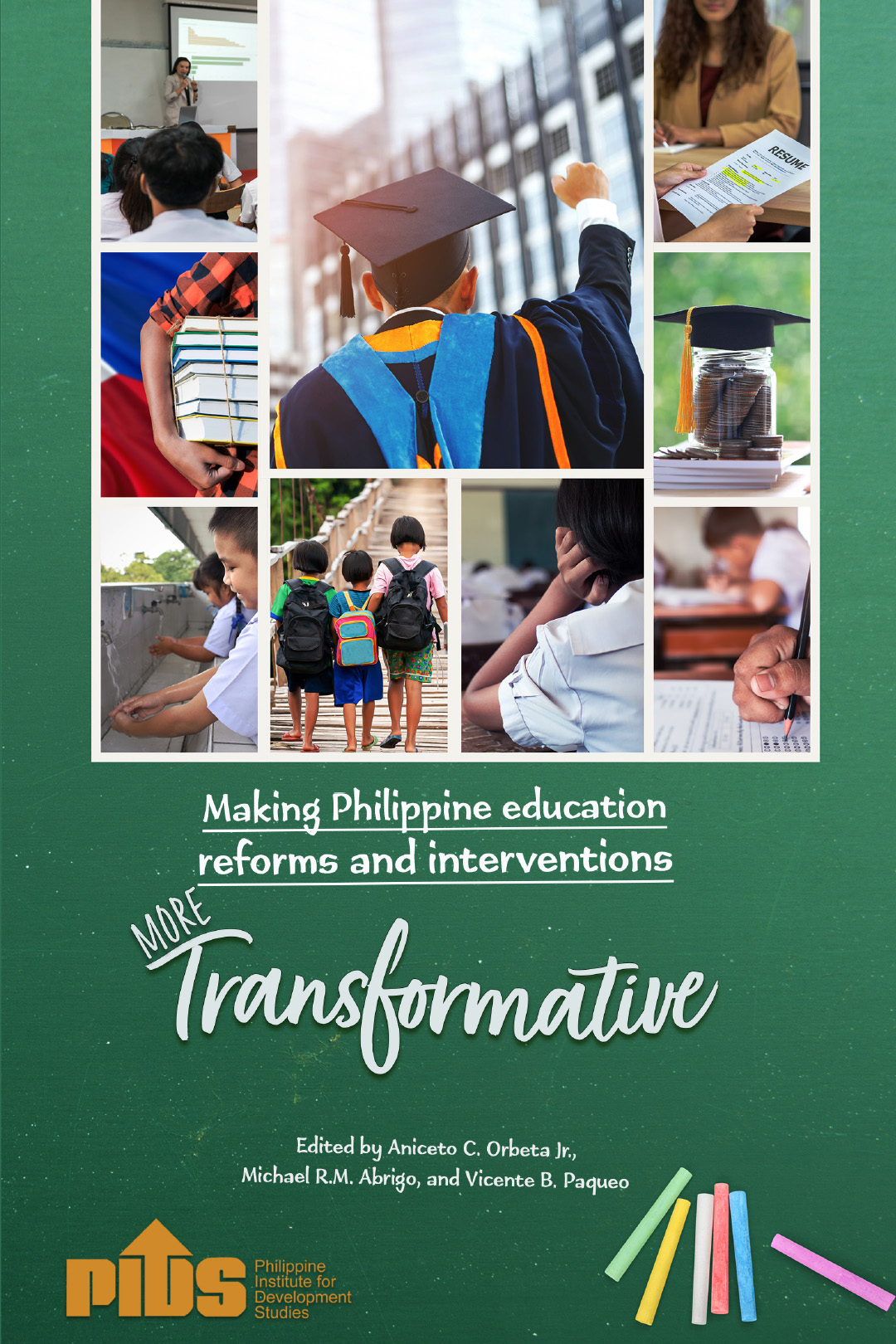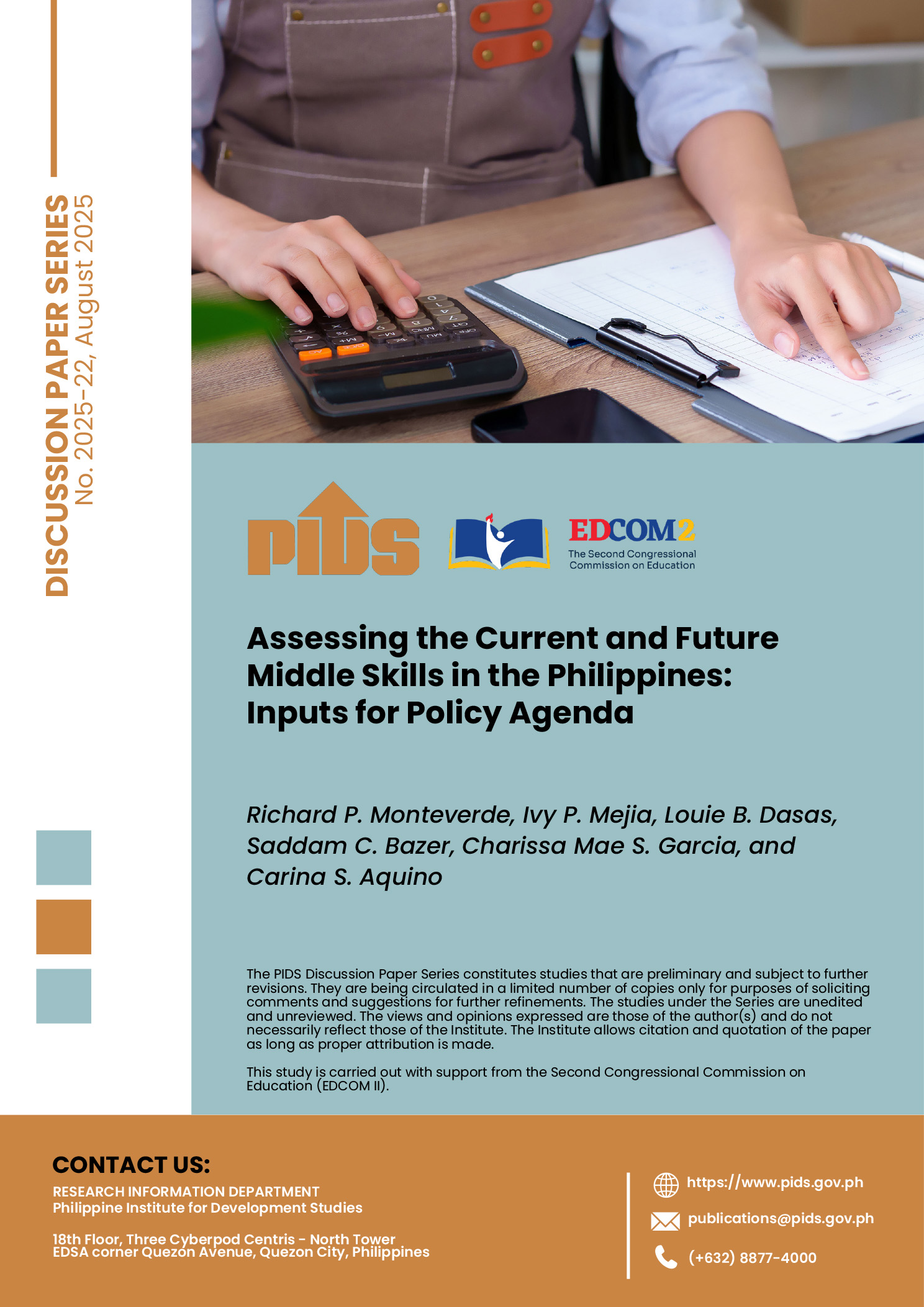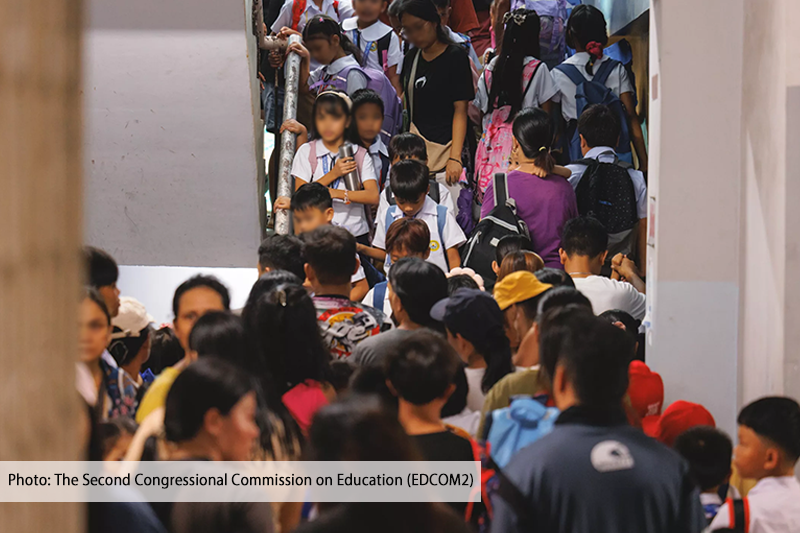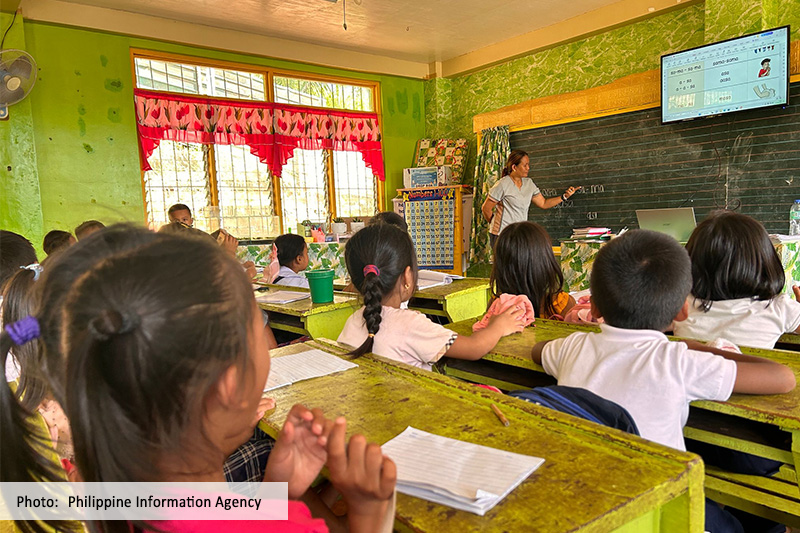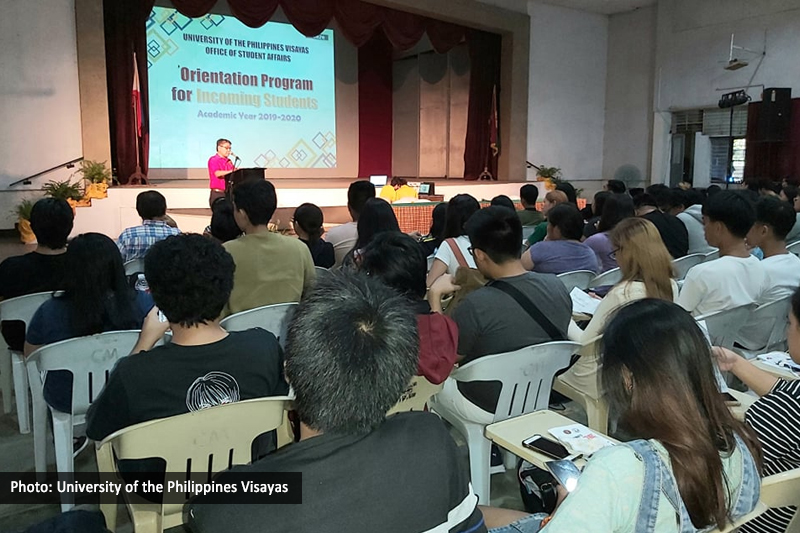“Oh great…” I recall thinking to myself as I watched a foreign news clip of Vietnamese troops pulling out of Cambodia atop armored personnel carriers in 1989.
As I leafed through report after report on my desk in an agency what was monitoring the withdrawal, I realized that the Vietnamese — who had defeated the United States and France previously and left China bloodied at their border — had by then waged nearly half a century of continuous warfare that steeled them into a hardy, disciplined, and intensely patriotic people (Southeast Asia’s Germans, as we called them at that time).
It will just be a matter of time before they overtake us economically now that they finally have peace, I thought back then as I watched the last Vietnamese columns cross over from Cambodia.
That’s history now, of course, with Vietnam outdoing us on many counts: save for a few years, it has been sustaining one of the fastest economic growth rates in the region and in the world, with relatively slow inflation and, since 2020, bigger per capita income than ours, while its bourse overtook ours between 2011 and 2015 in terms of number of listed firms — and all that while keeping a lid on income inequality. Not bad for an economy run by communists, I thought.
Fast forward to last year, when I chanced upon an NHK feature that ended with a scene along a Phnom Penh alley showing makeshift structures on the side that were teaming to the brim with students in uniform. Asked by the reporter what they were doing there late in the afternoon instead of heading for home, two of the kids replied that they were taking extra English and mathematics lessons after the day’s regular classes. I was immediately struck by a bout of deja vu, coming as this scene did in the wake of reports of just how poorly our students have fared in international ratings on reading comprehension, as well as math and science proficiency (not to mention many new university grads’ inability to grasp subject-verb disagreement and their incomplete sentences which I have seen in application forms and tests). Of course, quality of government is another matter altogether.
TAKING STOCK
So as competition intensifies all around us, e.g., as Western investors seek to diversify from China in search of new locations nearby, it behooves us to keep track of where we have a fighting chance of outdoing our neighbors.
Cursory observations:
- We have the second fastest economic growth next to Vietnam, even as such expansion is concentrated in and driven by select sectors, and income inequality remains among Asia’s widest.
- Vietnam, Laos and Myanmar have contiguous land borders with China — whose growth has been slowing, but which remains the world’s second-biggest economy nonetheless — so they have a compelling inherent edge over us in terms of logistics for those still targeting China (coz, objectively, can anyone truly decouple from that economy?), since we have to rely on costly maritime transport (Philippine freight rates are among the highest in Southeast Asia).
- Ensuring that we have adequate infrastructure to support the growth of businesses — and to spread these structures and digital facilities beyond our few main economic hubs — remains a nagging key challenge in comparison to our peers.
- We have among the highest value added and corporate income tax rates in Southeast Asia.
- We also have some of the costliest electricity in this region — while much of this situation is due to our neighbors’ energy subsidies, our own energy sector reforms started nearly a quarter of a century ago in 2001 have not resulted in the desired adequate supply and proper pricing.
- While we have been catching up with the rest of the region in terms of infrastructure budget in relation to gross domestic product (GDP), the same cannot be said of education (an investment more vital for our future), for which we allocated an equivalent of about just 3.8% of GDP for this year (even as it has been the biggest allocation in annual government budgets) against a 4% regional average (according to a paper of the Philippine Institute of Development Studies) and about 6.6% in India.
- A young, easily trainable work force has long been a key come-on for us, but that is also increasingly true of many of our neighbors.
- English proficiency has also been a unique edge which we have held for decades, but our neighbors’ push to hone their students’ facility with this language compares with a perceptible decline in such mastery among ours (still more proficient than their Southeast Asian peers, but, hey, watch out).
- And it does not help that we are perceived to be among the Southeast Asian economies most tied down by red tape and corruption. To be sure, casual conversations with Filipinos who have done business in investor darling Vietnam, for instance, bared their own brushes with crooked officials and uncertainty of rules there. Asked what sets Philippine corruption apart from that of its peers, businessmen’s anecdotes revolve around the “sheer amount involved,” perhaps due in part to the “multi layers” of bribery involving various regulatory offices at the national level as well as local governments.
Still, steps we have been making could already be taking incremental effect.
Net foreign direct investments (FDIs) — actual inflows minus outflows — recorded by the central bank have so far shown a 7.5% year-on-year growth to $5.256 billion in the seven months to July, apparently on track to reversing consecutive annual declines of 3.96% to $9.116 billion in 2023 and 20.8% to $9.492 billion in 2022. Last year showed the Philippines recording the smallest decline in net FDIs against drops of 43.8% to $8.3 billion for Malaysia, 73.6% to $3 billion for Thailand (so we beat those two countries in terms of net FDI levels as well in 2023) and 12.2% to $21.7% for Indonesia. Only net inflows to Singapore and Vietnam grew — by 17.7% to $175.2 billion and 3.3% to $18.5 billion, respectively — in 2023.
So, where do we go from here?

